A Successful Completion of the Patent Reform
Zhaneta Kuyumdzhieva, December 18, 2012
 Yet in mid-November, after the meeting of the Committee of Permanent Representatives in the EU (Coreper) and the extraordinary meeting of the Legal Affairs Committee in the European Parliament (JURI) that followed there were clear signs that the problem with the unitary European patent will be solved. The efforts this year have put an end to over 30 years of negotiations on the establishment of an effectively working system that is expected to facilitate innovators in their actions to ensure protection for their innovations in the Union. The procedure so far was too expensive and this automatically put small and medium-sized enterprises on unequal footing.
Yet in mid-November, after the meeting of the Committee of Permanent Representatives in the EU (Coreper) and the extraordinary meeting of the Legal Affairs Committee in the European Parliament (JURI) that followed there were clear signs that the problem with the unitary European patent will be solved. The efforts this year have put an end to over 30 years of negotiations on the establishment of an effectively working system that is expected to facilitate innovators in their actions to ensure protection for their innovations in the Union. The procedure so far was too expensive and this automatically put small and medium-sized enterprises on unequal footing.
The events from last week, which gave much ground to believe that the first registration under the new patent system could take place in Spring 2014, we owe to a large extent to the decision of the Council from the 10th of March 2011 that has allowed enhanced cooperation for the establishment of a unitary patent protection. Due to disagreements with the regulations concerning translation of patents (a problem that dragged the reform for several years), Italy and Spain have decided to opt-out from the  agreement. Madrid will not sign the agreement for the Unitary Patent Court, too, which is why the new system for solving legal disputes will not be applied on Spain's territory.
agreement. Madrid will not sign the agreement for the Unitary Patent Court, too, which is why the new system for solving legal disputes will not be applied on Spain's territory.
The issue that was lately slowing down the reform, was the impossibility to reach a consensus among the member state on where the Court's headquarters should be. This issue has been solved on the basis of a compromise the central division of the court of first instance to be in Paris and subdivisions to be established in Britain and Germany. So, for litigation on issues related to chemical and pharmaceutical products innovators can turn to London, and for disputes related to mechanic engineering - to Munich. It is also envisaged regional representations to be established in other countries participating in the enhanced cooperation as well.
The legal procedure will be of two phases - first instance (the Court of First Instance ) and an appealing (Court of Appeals). The seat of the latter will be in Luxembourg. The rulings of all the departments and the two instances will be applied in all of the 25 participating countries. In case of violation of patent rights, a claimant can file a claim with the local division in the member state where the violation had taken place or where there is a possibility a violation to take place, or where a defendant lives, or where he owns an object, or in the regional division in which a country participates. In  case there is no court division in a participating country or it does not participate in a regional division then a claimant can file a claim with the central court.
case there is no court division in a participating country or it does not participate in a regional division then a claimant can file a claim with the central court.
In other words, the new system ensures that innovators can seek protection and what is most important - parallel and expensive trials will be avoided. It is expected the agreement to be ready for signature on February 18th, 2013, but in order for it to enter into force it has to be ratified by at least 13 participating countries, including by France, Germany and Britain.
Apart from the problems with the legal defence of patents, the very path of ensuring a patent was painful. If an innovator asks for protection of his or her innovation in the Netherlands, Belgium, Poland and Romania, for instance, they are required to enclose translations of their applications and the technical documentation in the languages of all those countries. The procedure is sluggish and is out of weight for many research centres, small enterprises or individuals. With the unitary patents, however, translations will be needed only in English in case the language of the procedure of an institution is French or German. But if the language of procedure is English, then the applicant can provide a translation in whichever of the EU languages. The applications filed in one of the official EU languages (which is not official for the Unitary Patent Office), the patent office will have the task to administer a reimbursement scheme for all the costs for translation to a certain maximum level.
After a transition period of 12 years expires, it is envisaged the translations to be implemented via a special software for translation of patents, currently being developed jointly with Google. It will provide a free online access to automatic machine translation of every application form and patent. By 2014, there will be a possibility for translation to  all the 38 languages of the European Patent Convention, including the EU languages. For now only 14 languages are covered.
all the 38 languages of the European Patent Convention, including the EU languages. For now only 14 languages are covered.
The success that has been achieved with the voting of the reform regulations in the European Parliament in Strasbourg on December 11th, is indisputable and is of essence for the single market, the Growth Pact, the multiannual financial framework and the Europe 2020 strategy - in other words all the long-term plans of the EU. And while welcoming the completion of the negotiating part, we must say that such a finale could have happened earlier.
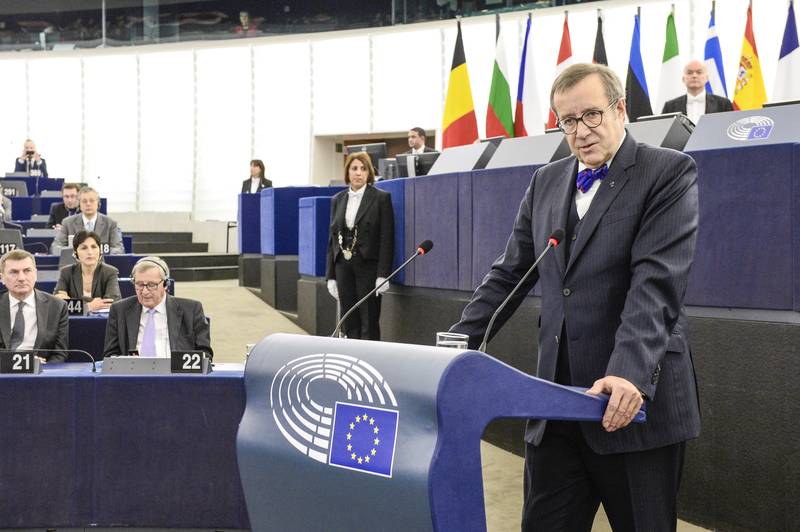 Toomas Hendrik Ilves | © European Parliament
Toomas Hendrik Ilves | © European Parliament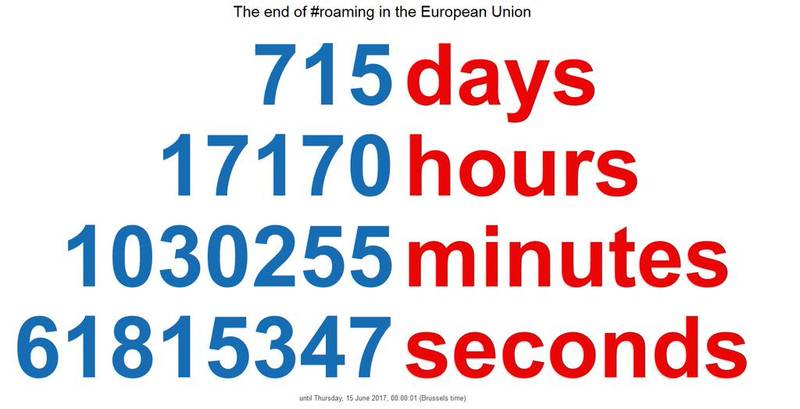 | © European Commission
| © European Commission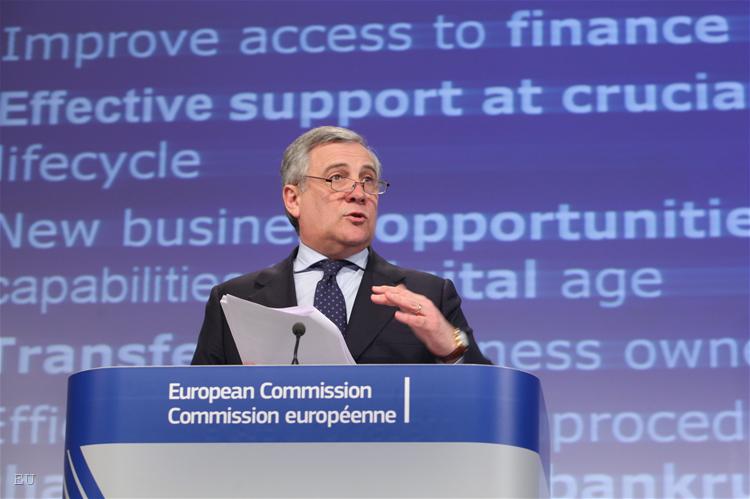 | © EU
| © EU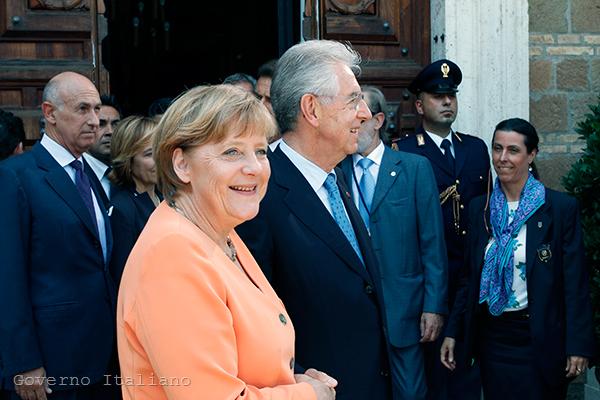 | © Governo Italiano
| © Governo Italiano | © EU
| © EU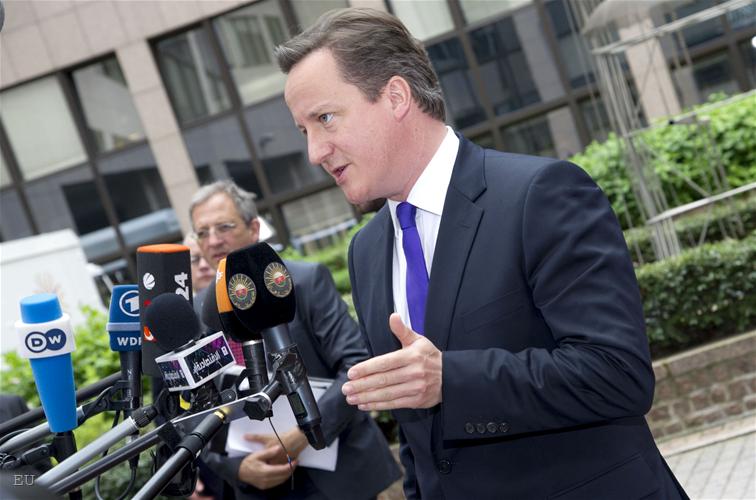 | © EU
| © EU